If you’ve been following the Texas Legislature at all over the weekend, you’ve probably heard the term “chubbing” at least once. Yesterday marked the deadline for all bills that originated in the Senate to pass second reading — which means that any bills that didn’t make it through the House by midnight last night are dead for the session. One of the bills on that list was the contentious Voter ID bill, which would have required Texas voters to present a valid driver’s license to vote. In order to block this bill, which would have suppressed voter turnout across the state, House democrats adopted the “chubbing” tactic — talking bills to death — to avoid getting far enough down the bill list to have to vote on Voter ID.
Unfortunately, this stalling technique killed a tragically long laundry list of bills that were scheduled after Voter ID. Among these were many of the bills we have been pushing hard this session to improve air quality in Texas, increase our energy efficiency standards, reform electric coops, and encourage solar development.
Missing Tuesday’s deadline is an enormous set-back, but not all hope is lost. Bills that died last night can still be revived as amendments, which can be tacked on to House bills that are alive in the Senate. As the Austin American Statesman reports,
Legislators now have two ways of bringing proposals back to life. The first option is for senators to tack dying proposals onto other related bills that did not fall victim to the voter ID fight in the House. For example, Sen. Kip Averitt, R-Waco, said Tuesday that he may be able to salvage some, but not all, of a comprehensive air quality bill that he has worked on for two years.
“I’ve come to expect tragedy at the end of the session, and tragedy always appears,” Averitt said.
The other option is for the House to take a two-thirds vote to bring up bills.
The two-thirds vote is a pretty enormous step, and highly unlikely for most of the bills we’ve been working one, but the amendment strategy is tried and true. We’ll be scrambling this week to salvage what we can — it ain’t over til its over, and you can bet we’ll be doing everything we can to fight for what matters for Texas.
Thanks to all you citizens for all your hard work, e-mails, and phone calls to representatives this session. In the next few days, we’ll be needing your help more than ever. Stay posted, and we’ll let you know what you can do to help save solar power, air quality, and energy efficiency.
Read Full Post »
 The House Business and Industry Committee will meet next Monday and one of the bills that they will be taking testimony on is HB 450 filed by Representative Eddie Lucio, III (D-San Benito) that addresses the regulation of solar energy devices by a property owners’ association. If you are a homeowner who wants solar but your HOA rules prohibit the installation of solar panels, and you live in the district of one of the committee members, you might want to call your representative and let them know that you support this bill.
The House Business and Industry Committee will meet next Monday and one of the bills that they will be taking testimony on is HB 450 filed by Representative Eddie Lucio, III (D-San Benito) that addresses the regulation of solar energy devices by a property owners’ association. If you are a homeowner who wants solar but your HOA rules prohibit the installation of solar panels, and you live in the district of one of the committee members, you might want to call your representative and let them know that you support this bill. 

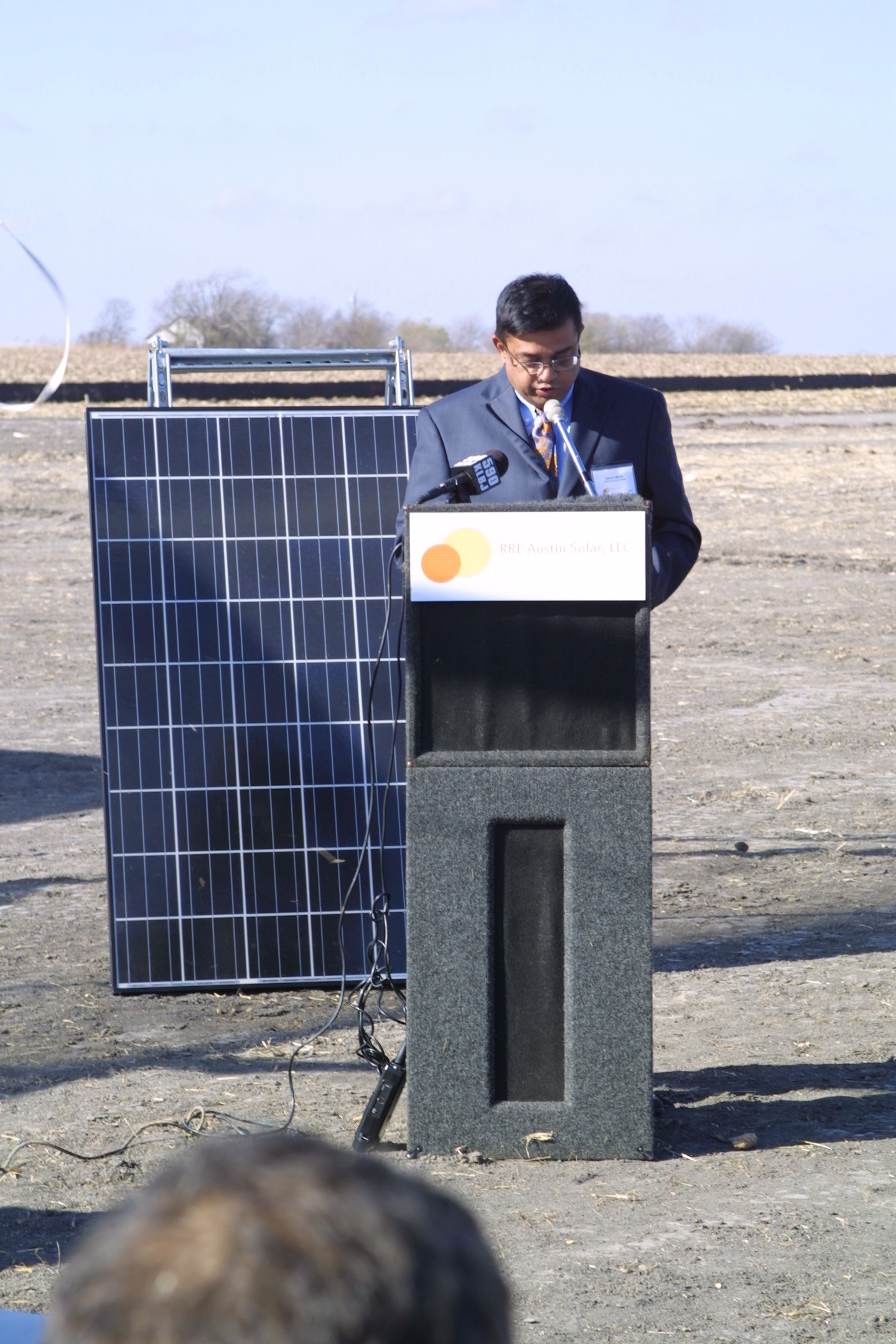
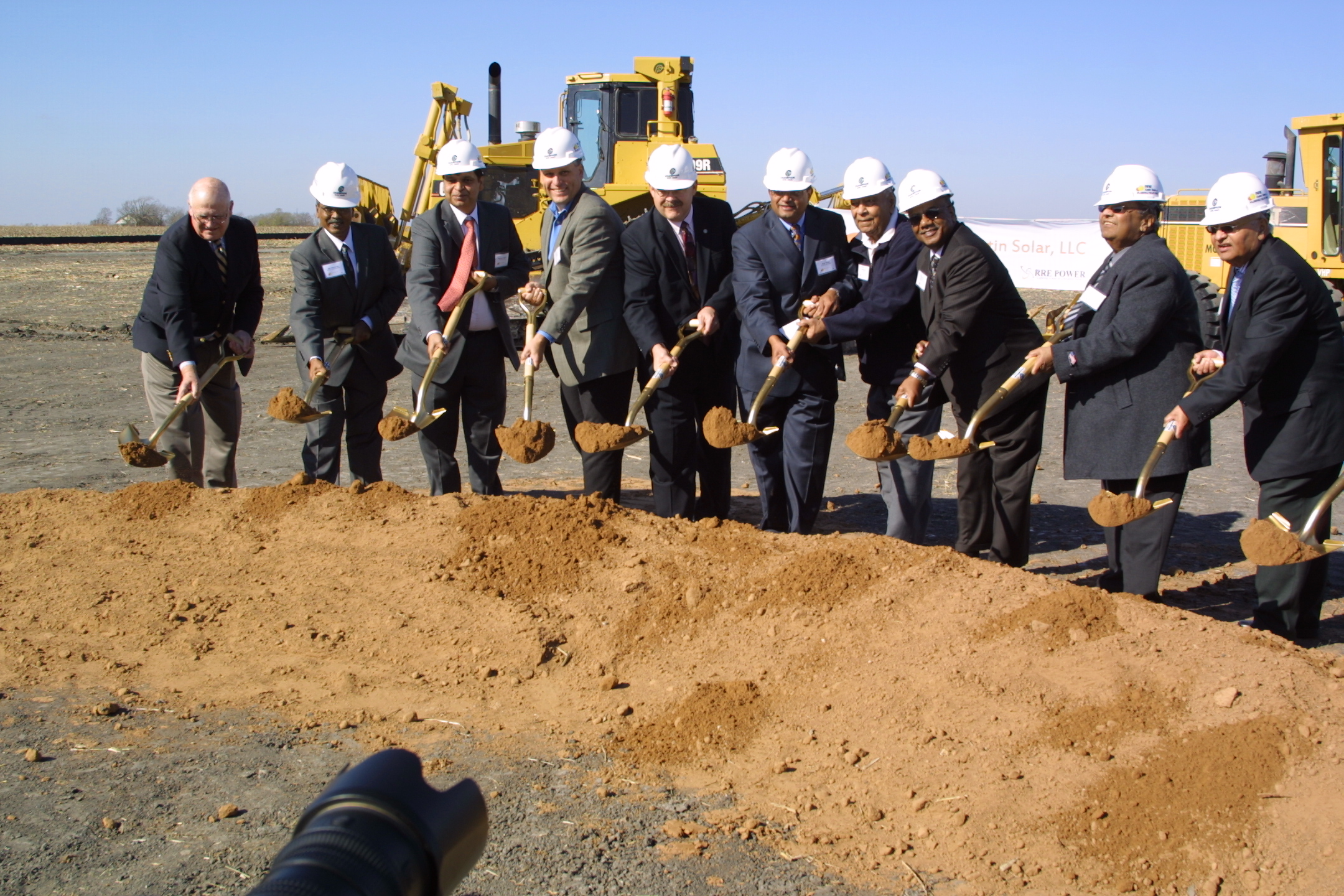


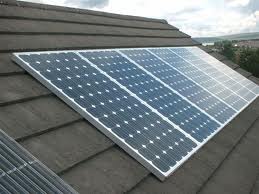
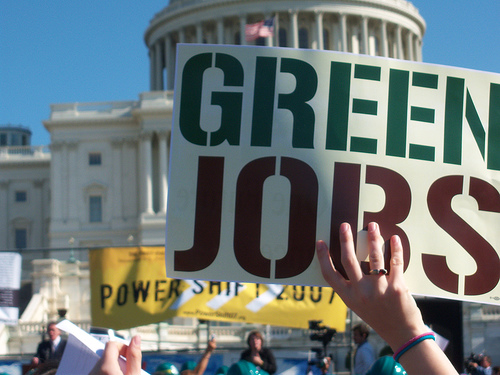
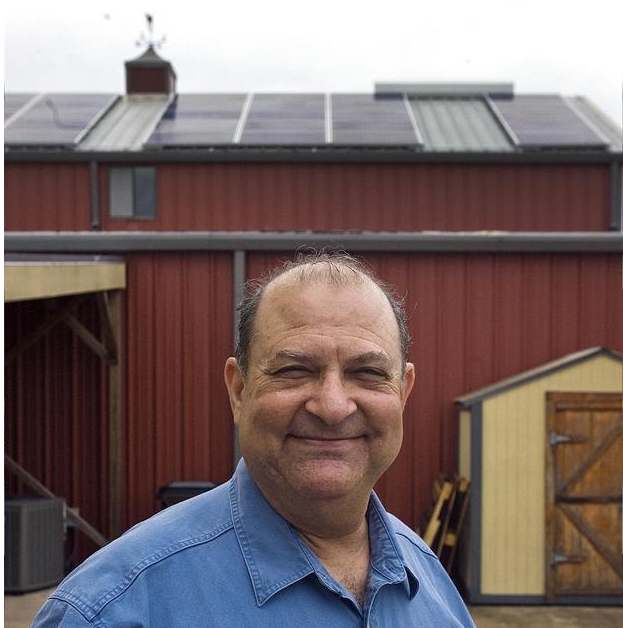
 The House has been moving very slowly in an effort to kill a Voter ID bill, but it appears the logjam has been broken. Now we have to pass our key solar and clean air bills before midnight Tuesday, May 26, which is the deadline for the House to pass any bills from the Senate.
The House has been moving very slowly in an effort to kill a Voter ID bill, but it appears the logjam has been broken. Now we have to pass our key solar and clean air bills before midnight Tuesday, May 26, which is the deadline for the House to pass any bills from the Senate. Thanks to Luke Metzger at the
Thanks to Luke Metzger at the  Representative Swinford and Representative Anchia, calls for an incentive program for solar power generation through surcharges on utility bills, and Mark Strama is looking at how Texas Schools specifically could benefit from the construction of solar panels on their rooftops.
Representative Swinford and Representative Anchia, calls for an incentive program for solar power generation through surcharges on utility bills, and Mark Strama is looking at how Texas Schools specifically could benefit from the construction of solar panels on their rooftops.

